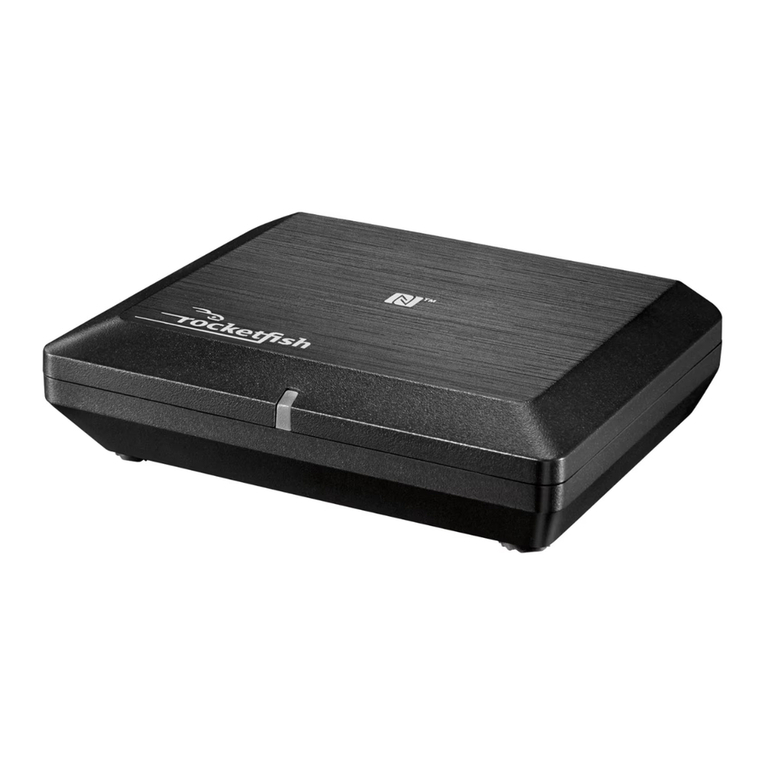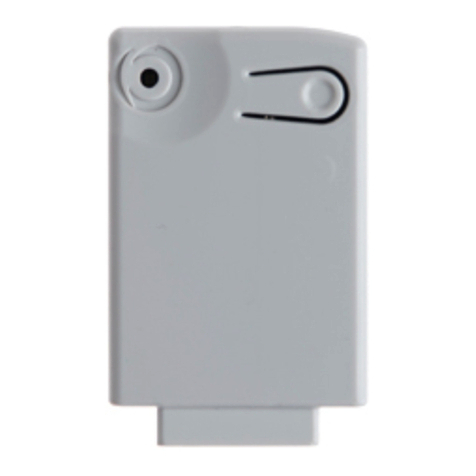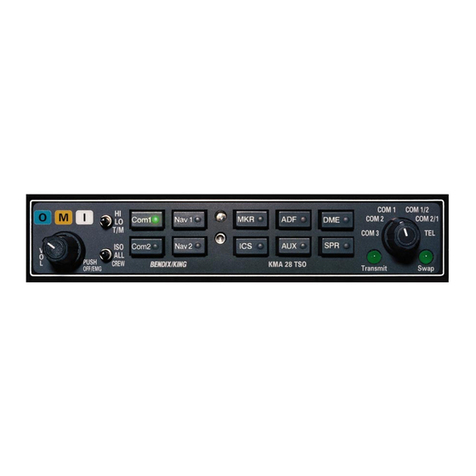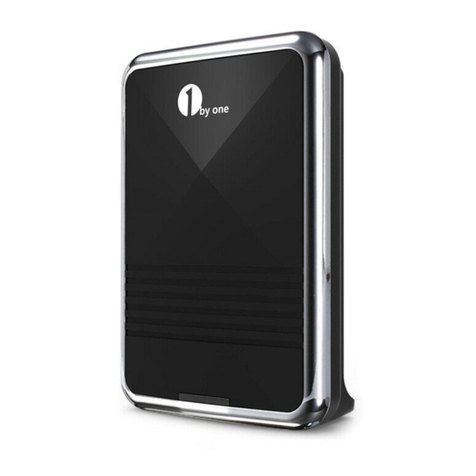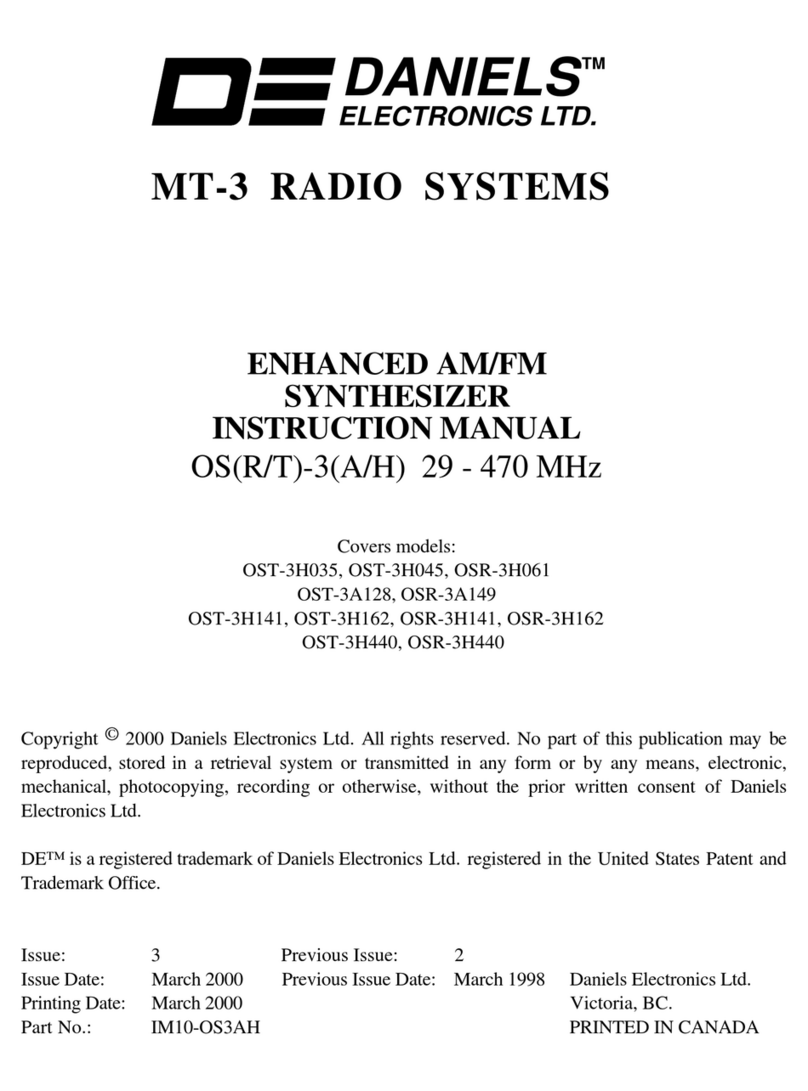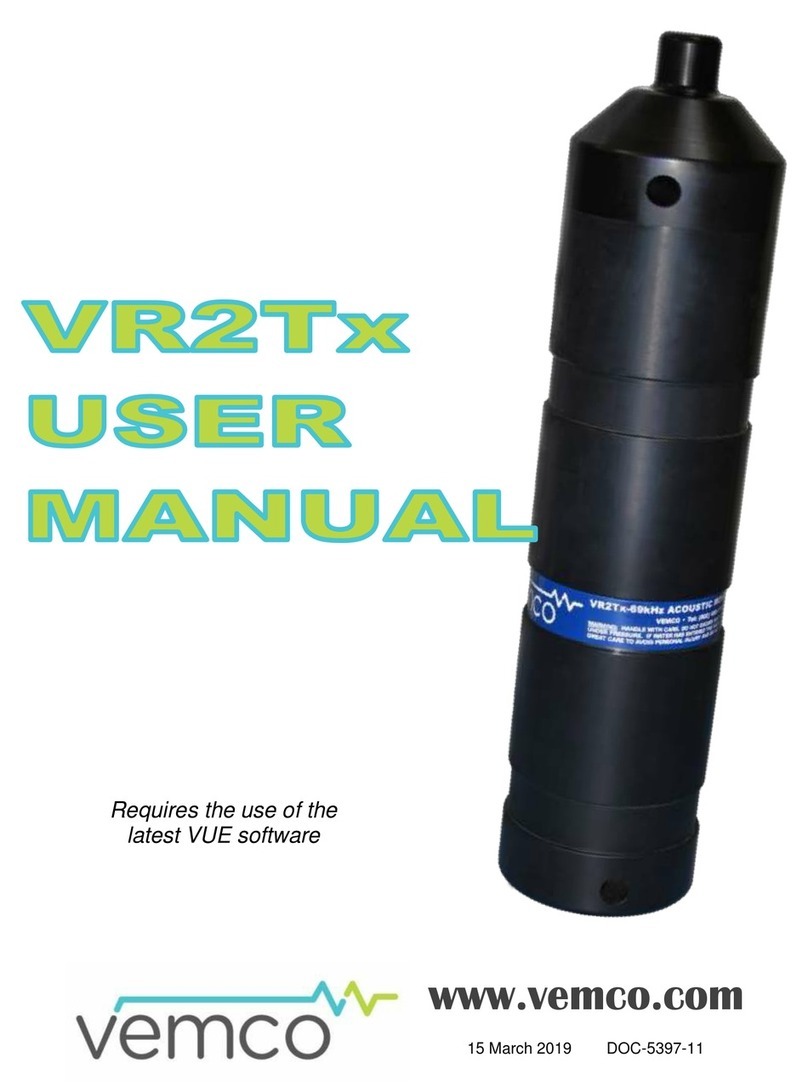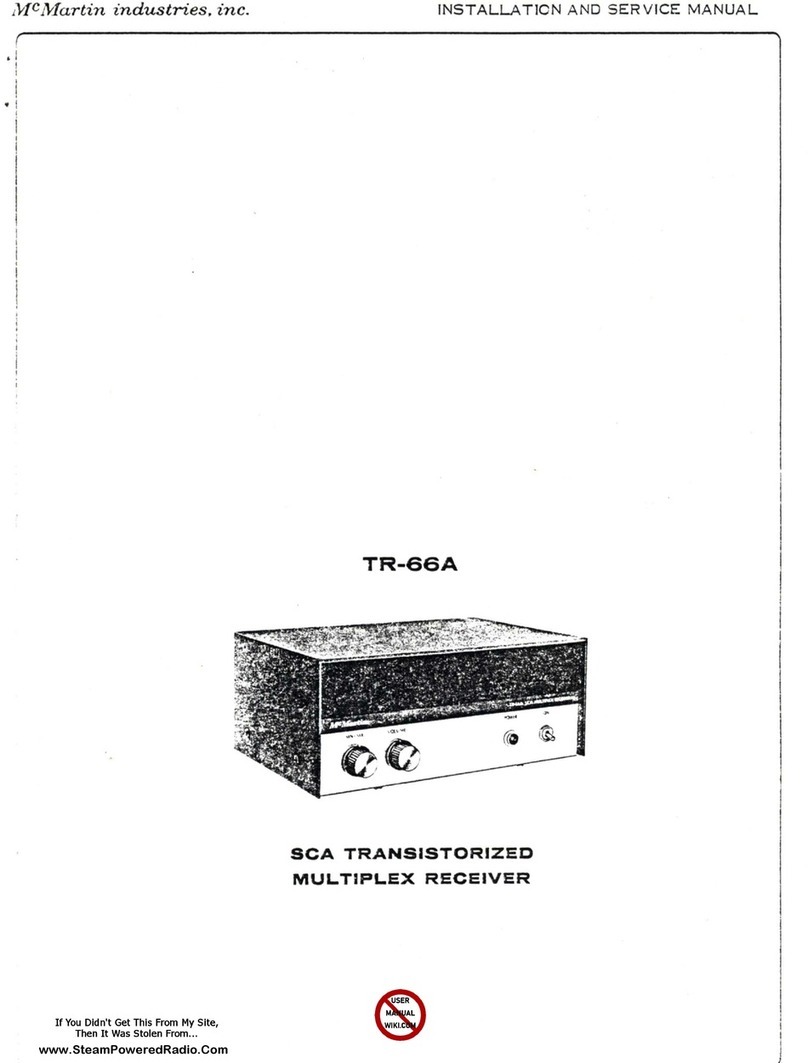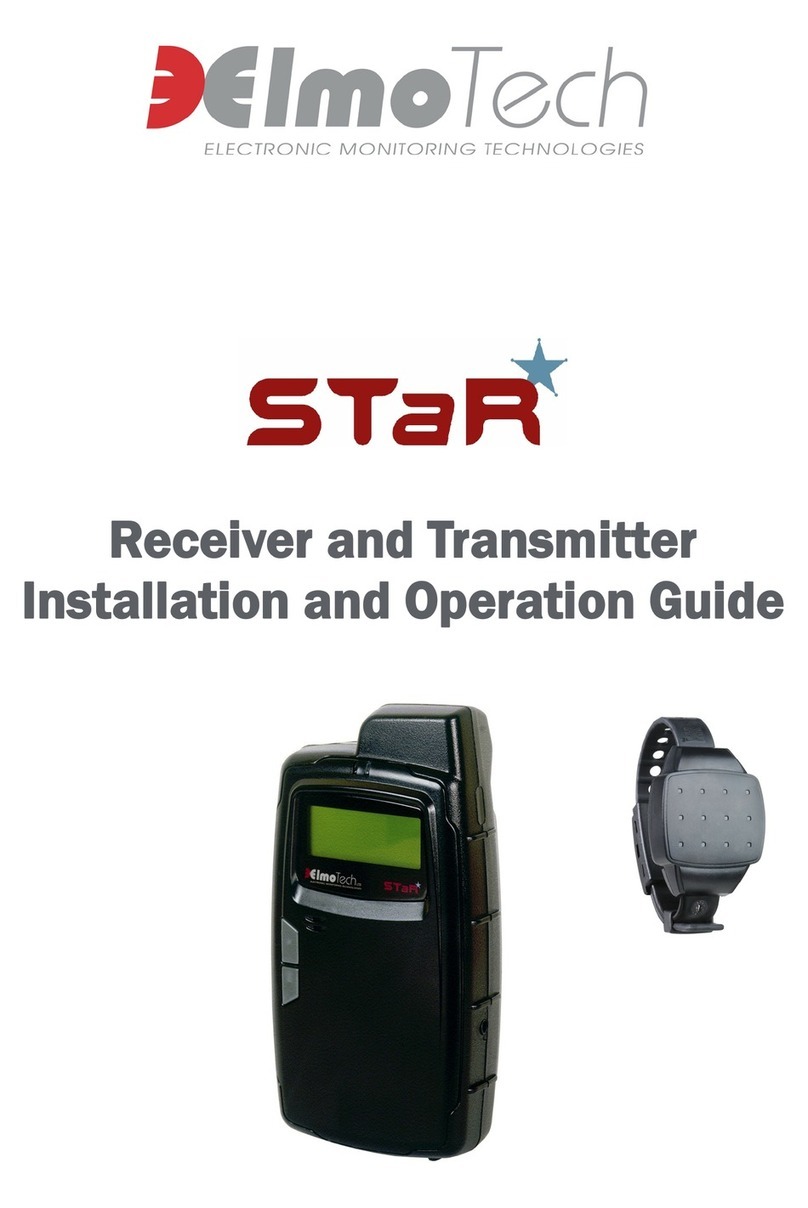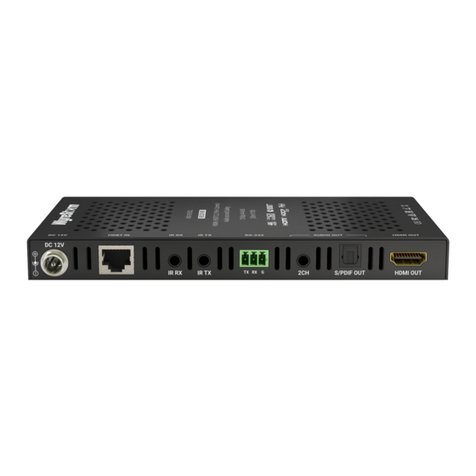Newport 1801 User manual

US ER ’S G UIDE
125-MHz Photoreceivers
Models 1801 and 1811
phone: (877) 835–9620
e-mail: [email protected]
www.newport.com
These photoreceivers are sensitive to
electrostatic discharges and could be
permanently damaged if subjected to any
discharges. Ground yourself adequately
prior to handling these detectors or making
connections. A ground strap provides the
most effective grounding and minimizes the
likelihood of electrostatic damage.

Warranty
Newport Corporation guarantees its products to be free of defects for
one year from the date of shipment. This is in lieu of all other
guarantees, expressed or implied, and does not cover incidental or
consequential loss.
Information in this document is subject to change without notice.
Copyright 2022-2012, 2001–1998, Newport Corporation. All rights
reserved.
Document Number 90099905 Rev. A

125-MHz Photoreceivers Contents • 3
Contents
Operation 5
Introduction . . . . . . . . . . . . . . . . . . . . . . . . . . . . . . . . . . . . .5
Handling Precautions . . . . . . . . . . . . . . . . . . . . . . . . . . . . . .6
Getting Started . . . . . . . . . . . . . . . . . . . . . . . . . . . . . . . . . . .6
Troubleshooting 11
Excessive Noise . . . . . . . . . . . . . . . . . . . . . . . . . . . . . . . . .11
Lowered Light Output . . . . . . . . . . . . . . . . . . . . . . . . . . . .11
Characteristics 13
Customer Service 15
Technical Support. . . . . . . . . . . . . . . . . . . . . . . . . . . . . . . .15
Service . . . . . . . . . . . . . . . . . . . . . . . . . . . . . . . . . . . . . . . .15

4 • Contents
This page was intentionally left blank.

125-MHz Photoreceivers Operation • 5
Operation
Introduction
The Newport Models 1801 and 1811 125-MHz, low-
noise photoreceivers address the needs of the
photodetector community in the area of low-noise,
high-gain, RF photoreception. These photoreceivers
are available either DC or AC coupled. Their typical
bandwidth is 125 MHz with a current gain of 40 V/mA
.
The performance of these units is achieved through
the use of solid RF design together with the
implementation of some of the latest advances in
commercially available amplifier chips. The detector is
shielded to avoid RF pickup. Newport offers two
models to match your different wavelength needs. The
specifications at the rear of the manual list each
model’s characteristics.
These units address nearly all of the general purpose
needs of the RF photoreception community. They all
have a very large gain−bandwidth product, low noise,
high drive capability and a large dynamic range.
These receivers will enable wide bandwidth low-noise
detection of signals distributed over fiber-optic cables
or found in high resolution spectroscopy, fiber-optic
sensors, optical metrology, and many other
applications.

6 • Operation
Handling Precautions
Whenever handling the photoreceiver, make sure
to follow these precautions:
•Prior to handling the unit or making connections,
be sure to ground yourself adequately—even small
electrostatic discharges could permanently damage
the device. A ground strap provides the most effec-
tive grounding and minimizes the likelihood of
electrostatic damage.
•Make sure the optical connector is clean and
undamaged before connecting it to the detector
module.
Using the Photodetector
To obtain optical input:
1. Plug one end of the power cable to the connector
on the back of the module and the other end into a
±15-V power supply. (We recommend the Newport
Model 0901 power supply.) Turn on the supply.
Two different power cables have been shipped
with your detector: a Model 0924 banana plug-to-
Pico (m8) cable and a Model 0923 Pico (m8) to
Pico (m8) cable. If you have a New Focus Model
0901 power supply, use the Model 0923 cable on
one of the supply’s 0.3-A Pico (m8) outputs. Do
not use the Model 0924 on the Model 0901 power
supply’s 0.1-A banana outputs since they do not
provide enough current for the receiver. Use the
Model 0924 cable only with a power supply other
than the 0901 providing a minimum of 0.25 A of

125-MHz Photoreceivers Operation • 7
current on ±15 V. The convention of the three
banana plugs is:
Banana Plug Voltage
Red +15 V
Green COM/GND
Black -15 V
2. Turn on the optical beam.
3. For free-space beam input, align the module so
that the beam is incident on the detector surface.
For fiber-optic input, connect the fiber-optic cable
from your optical source to the FC input connector
on the front of the module. The detector is
designed to receive an FC/PC connectorized fiber.
To operate the receiver in the linear region, keep the
input power levels well below the cw saturation power
specification on page 12. (The input power is
wavelength dependent and is inversely proportional to
the responsivity.)
To set up the output connection:
1. If your RF measurement instrument has a male
connector, connect it directly to the SMA female
output connector (labeled “AC” on AC-coupled
units) on the back of the module.
2. If your instrument has a female connector, con-
nect with the appropriate cable.
3. On AC-coupled units, monitor the DC bias on the
output labeled “DC” with the provided SMB-to-
BNC cable.

8 • Operation
Theory
The Model 1801 photoreceiver contains a Silicon/PIN
photodiode. The Model 1811 contains an InGaAs/
PIN photodiode. In both models, the photodiode is
followed by a low-noise transimpedance amplifier. A
functional block diagram of the DC-coupled version is
shown in Figure 1.
The AC-coupled versions incorporate blocking
capacitors and a DC bias monitor circuit. The corner
frequency of the high-pass filter on the AC-coupled
output is approximately 25 kHz. The corner
frequency of the low-pass filter on the DC bias
monitor output is approximately 50 kHz. Refer to
Figure 2 for a functional block diagram.
Figure 3 and Figure 4 show the responsivity of the
photodiodes. Power is delivered through a connector
on the back of the unit and the entire package is
shielded to eliminate RF pickup.
The 3-dB bandwidth is typically in excess of 125 MHz
for the Model 18x1 photoreceivers. See the typical
frequency response plot in Figure 5.
The output noise for the 18x1 family is 5 mVrms
when measured on a >250-MHz, 50-ohm oscill-
oscope. For additional information on 18x1 noise
performance, see the typical Input Referred Noise
and typical Output Noise plots in Figure 6 and 7.
Figure 1:
Functional
block diagram
of Models 1801
& 1811
(DC Versions).
Optical Input
Transimpedance
Amplifier Compensating
Difference
Amplifier
Output
V
b
G(f)I-V

125-MHz Photoreceivers Operation • 9
Figure 2:
Functional
block diagram
of Models 1801
& 1811
(AC Versions).
AC-Coupled
Output
I-V
Optical Input V-
V
+
I-V
Transimpedance
Amplifier
(low-speed)
Transimpedance
Amplifier
Low-Pass Filter
50 kHz
DC Bias
Monitor
Output
V
b
Figure 3:
Responsivity of
the
photodiode
used in the
Model 1801
(DC Version).
Figure 4:
Responsivity of
the
photodiode
used in the
Model 1811
(DC Version)
0
0.1
0.2
0.3
0.4
0.5
0.6
200 400 600 800 1000 1200
Wavelength, nm
Responsivity, A/W
0
0.2
0.4
0.6
0.8
1
800 1000 1200 1400 1600 1800
Wavelength, nm
Responsivity, A/W

10 • Operation
Figure 5:
Typical
frequency
response
Figure 7: Typical
Output Noise of
the 18x1
products
Figure 6: Typical
Input Referred
Noise of the
18x1 products

125-MHz Photoreceivers Characteristics • 11
Characteristics
Physical Specifications
Figure 6:
Mechanical
drawings of
the Model
18X1 casing
Power connector
SMA connector;
AC-coupled output (AC version)
DC-coupled output (DC version)
DC bias output; SMB connector
(included with AC versions only)
8-32 (M4) thread
1.43
(36.3)
2.86 (72.6)
3.00 (76.2)
Front View
Side View Back View
Bottom View
18X1
2.07
(52.7)
1.00
(25.4)
Distance from window
face to photodetector:
1801 2.5 mm
1811 0.5 mm

Photodetector Specifications
Model # 1801 1811
Wavelength Range 320–1000 nm 900–1700 nm
Coupling DC or AC DC or AC
3-dB Bandwidth
(DC versions)
DC–125 MHz typical DC–125 MHz typical
3-dB Bandwidth
(AC versions)
25 kHz–125 MHz
typical
25 kHz–125 MHz
typical
DC Bias Monitor Bandwidth
(AC versions only)
DC–50 kHz typical DC–50 kHz typical
Risetime 3 ns (typical) 3 ns (typical)
Transimpedance Gain*
(AC-coupled version)
40 V/mA (AC)
10 V/mA (DC)
40 V/mA (AC)
10 V/mA (DC)
Transimpedance Gain*
(DC-coupled version)
40 V/mA 40 V/mA
Output Impedance 33 Ω33 Ω
Conversion Gain* 2x104 V/W @ 760 nm
Saturation Power 110 μW @ 760 nm 55 μW @ 1550 nm
Maximum Optical Power 10 mW @ 760 nm 5 mW @ 1550 nm
Detector Material/Type Silicon/PIN InGaAs/PIN
Detector Diameter 0.4 mm 0.3 mm (FS)
0.15 mm (FC)
Power Requirements ±15 V DC; <200 mA
(0901 recommended
Optical Input FC or free space FC or free space
RF Output SMA SMA
DC Bias Monitor output
(AC-coupled units only)
SMB SMB
Integrated Noise 5 mVrms 5 mVrms
12 • Characteristics
±15 V DC; <200 mA
(0901 recommended
4x104 V/W @ 1550 nm
* When driving a 50 Ω load

125-MHz Photoreceivers Customer Service • 13
Customer Service
Technical Support
Information and advice about the operation of any
Newport product is available from our technical support
engineers. For quickest response, ask for “Technical
Support” and know the model number and serial
number of your photoreceiver.
Hours: 8:00-5:00 PST, Monday through Friday
(excluding holidays)
Phone: 1-877-835-9620
Support is also available by email and chat
Chat: Connect with us at www.Newport.com
Email: [email protected]
We typically respond to email within one business day
Service
In the event that your photoreceiver malfunctions or
becomes damaged, please contact Newport for a
return merchant authorization (RMA) number and
instructions on shipping the unit back for evaluation
and repair.
This manual suits for next models
1
Table of contents
Other Newport Receiver manuals
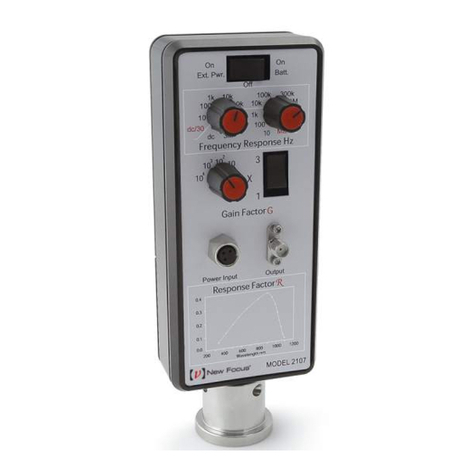
Newport
Newport 2107 User manual
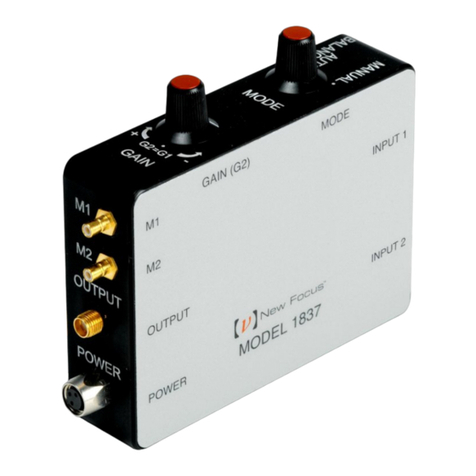
Newport
Newport NIRVANA User manual
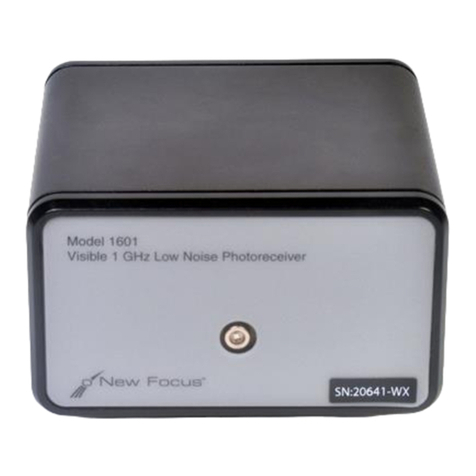
Newport
Newport 1601 User manual
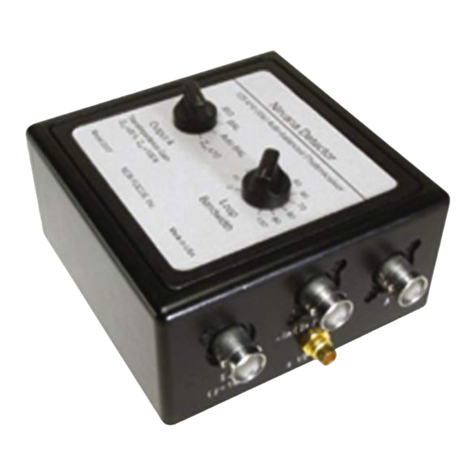
Newport
Newport 2007 User manual

Newport
Newport 2151 User manual
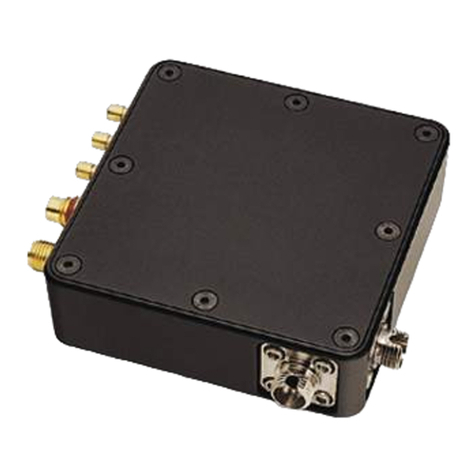
Newport
Newport 1607-AC User manual
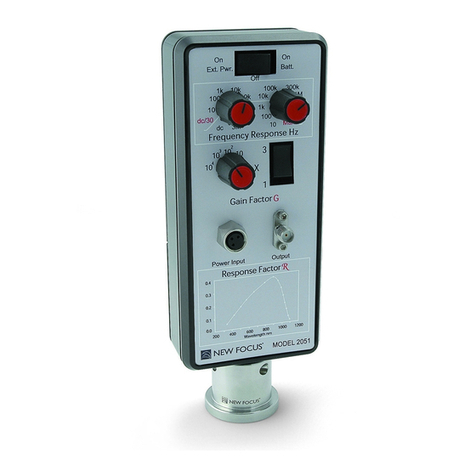
Newport
Newport 2051 User manual

Newport
Newport 1807 User manual

Newport
Newport 1580-A User manual
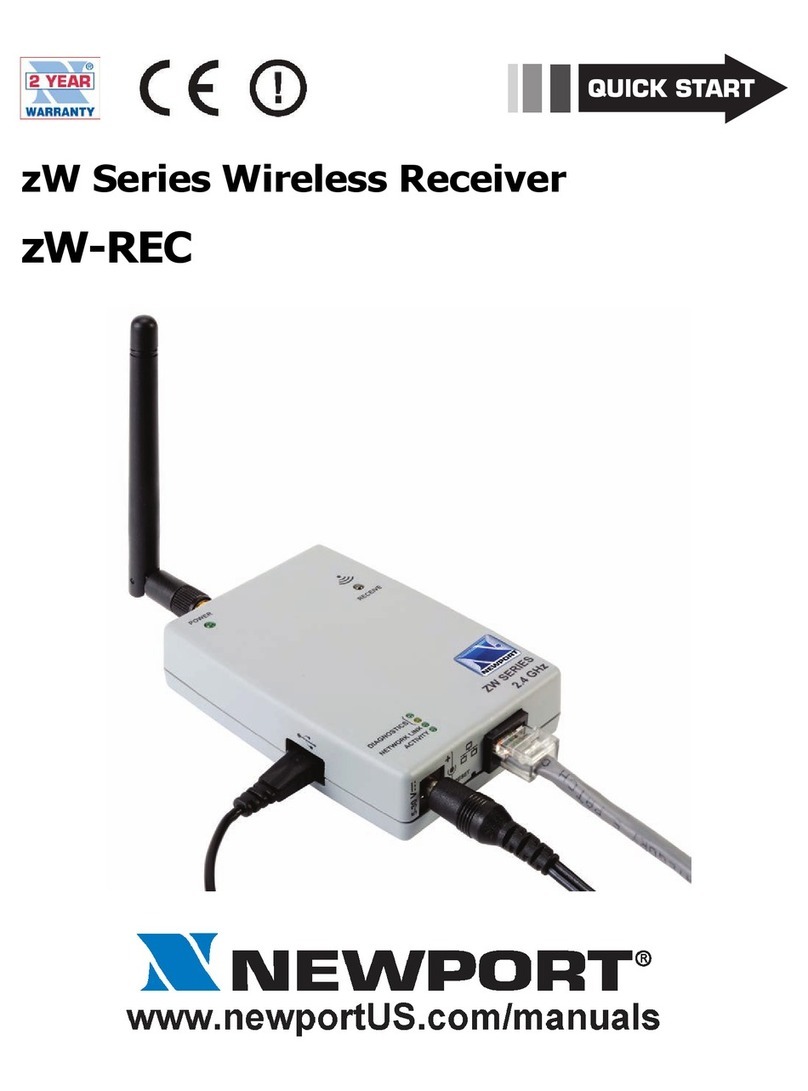
Newport
Newport zW Series User manual

